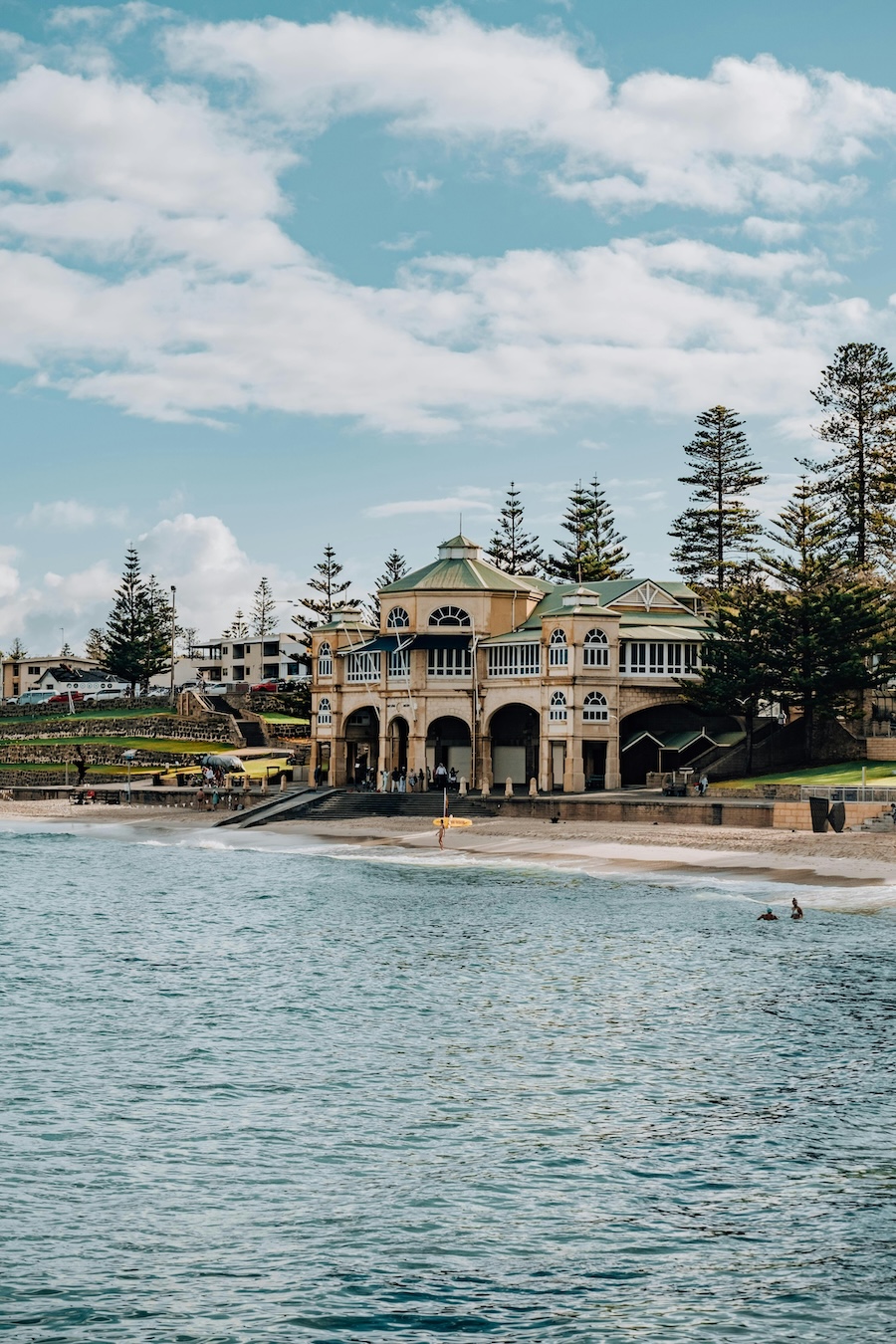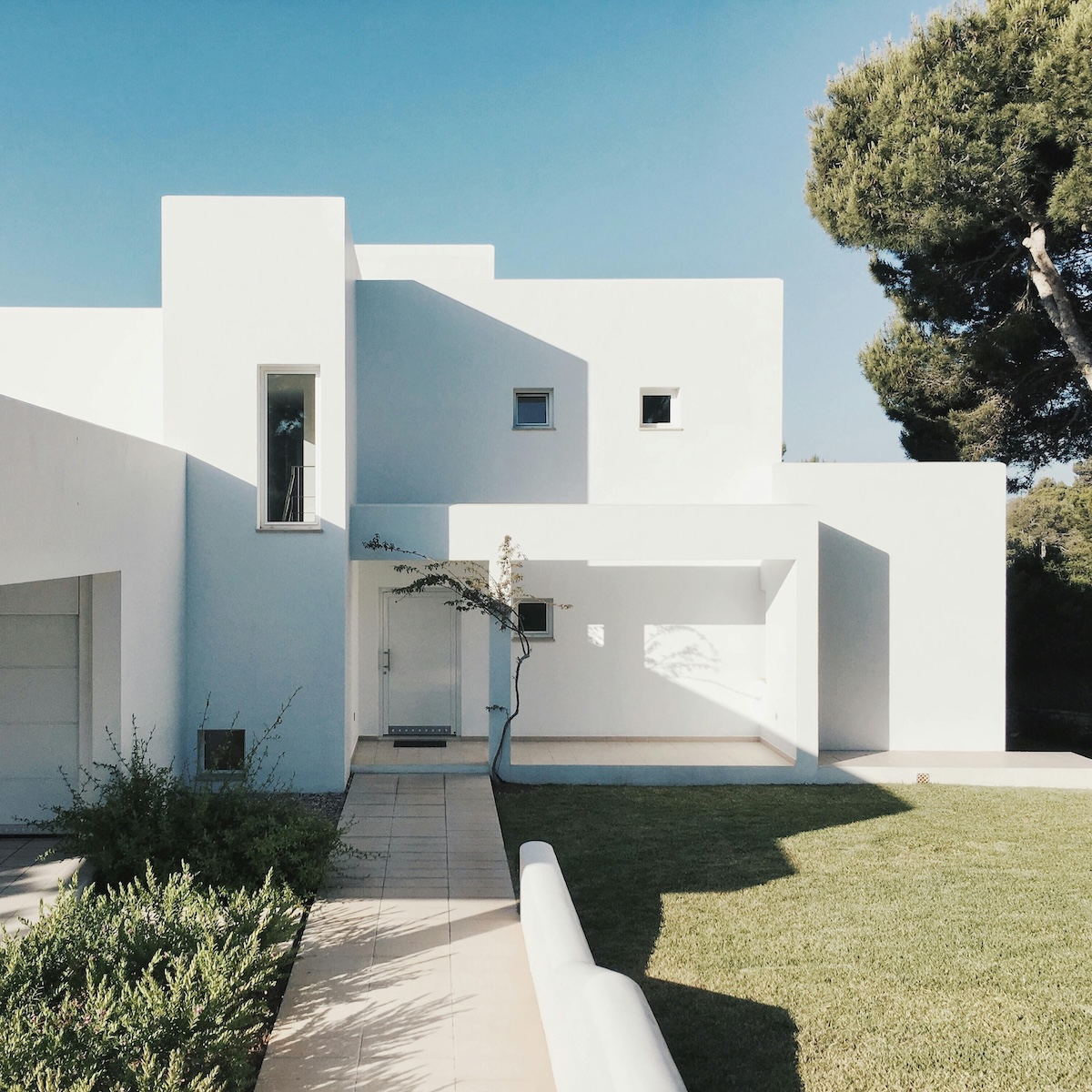Urban waterfronts have long been vital to the economic and cultural life of cities. However, many of these areas fell into disuse or degradation as industrial activities declined or moved elsewhere. In recent decades, there has been a global movement to revitalize these spaces, transforming them into vibrant, multi-use areas that reconnect cities with their waterfronts. This article explores several notable case studies from around the world, highlighting the diverse approaches to waterfront revitalization and the impacts these projects have had on their respective cities.
The Importance of Waterfront Revitalization
Before delving into specific case studies, it’s crucial to understand why waterfront revitalization has become a priority for many cities:
- Economic Regeneration: Revitalized waterfronts can attract businesses, tourists, and new residents, boosting local economies.
- Environmental Restoration: Many projects include efforts to clean up polluted waters and restore natural habitats.
- Cultural Preservation: Waterfronts often have rich histories that can be celebrated and preserved through thoughtful redevelopment.
- Public Space Creation: Waterfront projects typically include the development of new public spaces, improving quality of life for residents.
- Climate Resilience: Well-designed waterfront projects can help cities adapt to rising sea levels and increased flood risks.
Now, let’s explore how different cities around the world have approached waterfront revitalization.
Case Study 1: HafenCity, Hamburg, Germany
HafenCity in Hamburg represents one of Europe’s largest urban redevelopment projects. This former port and industrial area is being transformed into a vibrant mixed-use district, extending Hamburg’s city center to the Elbe River.
Key Features:
- Size: 157 hectares
- Timeline: Began in 2000, expected completion in 2030
- Mixed-Use Development: Residential, commercial, cultural, and educational facilities
- Flood Resilience: Buildings and public spaces designed to withstand flooding
HafenCity stands out for its innovative approach to flood management. Instead of building high dikes that would cut the area off from the water, the project raised the ground level of the entire district by 8-9 meters. This allows for a close connection to the water while protecting against floods.
The project also emphasizes sustainability, with stringent environmental standards for buildings and a district heating system that significantly reduces CO2 emissions. Public spaces make up about one-third of HafenCity’s area, including 10.5 km of quays and promenades, fostering a strong connection between the city and the water.
Impact:
- Creation of 45,000 jobs
- Housing for 15,000 residents
- Attraction of major cultural institutions like the Elbphilharmonie concert hall
- Significant increase in Hamburg’s city center area
Case Study 2: Cheonggyecheon Stream Restoration, Seoul, South Korea
The Cheonggyecheon project in Seoul is a remarkable example of how removing urban infrastructure can revitalize a city. This project involved the demolition of an elevated highway to restore an ancient stream that had been covered for decades.
Key Features:
- Length: 5.8 km
- Timeline: 2003-2005
- Creation of linear park and public space
- Restoration of natural ecosystem
The Cheonggyecheon restoration project transformed a congested, polluted area into a lush, vibrant public space. The restored stream is fed by several sources, including groundwater and treated wastewater, creating a sustainable water flow.
The project included the creation of numerous pedestrian bridges, walkways, and small waterfalls, making the area a popular recreational spot. Native plants and animals have returned to the area, significantly improving biodiversity in the heart of Seoul.
Impact:
- Reduction in air pollution and urban heat island effect
- Increase in biodiversity (fish species from 4 to 25, bird species from 6 to 36)
- Boost in local business and property values
- Creation of a popular public space, attracting both residents and tourists
Case Study 3: Toronto Waterfront, Canada
Toronto’s waterfront revitalization is one of North America’s largest urban redevelopment projects, aiming to transform 800 hectares of brownfield land into sustainable, mixed-use communities.
Key Features:
- Size: 800 hectares
- Timeline: Began in 2001, ongoing
- Focus on sustainability and innovation
- Creation of new public spaces and parks
The project stands out for its emphasis on sustainability and innovation. For instance, the Quayside development within the larger waterfront project aims to be climate-positive, featuring mass timber buildings, dynamic streets that can adapt to changing needs, and a smart waste management system.
The revitalization has already delivered several notable public spaces, including Sugar Beach, a whimsical urban beach park, and Corktown Common, a park built on former industrial lands that doubles as flood protection infrastructure.
Impact:
- Creation of new mixed-use neighborhoods
- Significant expansion of public access to the waterfront
- Attraction of innovative businesses and institutions
- Implementation of leading-edge sustainability practices
Case Study 4: Porto Maravilha, Rio de Janeiro, Brazil
Porto Maravilha is an ambitious project to revitalize Rio de Janeiro’s port area, transforming a degraded industrial zone into a vibrant mixed-use district.
Key Features:
- Size: 5 million square meters
- Timeline: Began in 2009, ongoing
- Preservation and restoration of historical buildings
- Creation of new cultural facilities
The project involves significant infrastructure improvements, including the demolition of an elevated highway (similar to the Cheonggyecheon project in Seoul) and the construction of tunnels and light rail. This has opened up space for new public areas and improved connections between the port and the rest of the city.
A key feature of Porto Maravilha is the preservation and adaptive reuse of historical buildings, maintaining the area’s cultural heritage while accommodating new uses. The project has also seen the creation of new cultural facilities, such as the Museum of Tomorrow, a science museum designed by Santiago Calatrava.
Impact:
- Increased tourism and economic activity in the port area
- Improved urban mobility through new public transportation
- Creation of new public spaces and cultural attractions
- Preservation of local heritage
Case Study 5: Gardens by the Bay, Singapore
While not a traditional waterfront revitalization project, Gardens by the Bay in Singapore represents an innovative approach to creating new waterfront spaces on reclaimed land.
Key Features:
- Size: 101 hectares
- Timeline: Opened in 2012
- Iconic Supertree structures
- Diverse gardens and conservation spaces
Gardens by the Bay is part of Singapore’s strategy to transform the city-state into a “City in a Garden.” The project features a range of attractions, including the Flower Dome (the world’s largest glass greenhouse), the Cloud Forest (a 35-meter tall mountain covered in lush vegetation), and the Supertrees, vertical gardens that act as environmental engines for the gardens.
The project stands out for its integration of sustainable technologies. The Supertrees, for instance, are equipped with photovoltaic cells to harness solar energy and serve as air intake and exhaust functions for the park’s conservatories.
Impact:
- Creation of a major tourist attraction
- Enhancement of Singapore’s global image
- Provision of educational opportunities about biodiversity and sustainability
- Improvement of urban biodiversity
Lessons Learned and Best Practices
From these case studies, we can extract several key lessons and best practices for successful waterfront revitalization:
- Integration with the Urban Fabric: Successful projects seamlessly connect the waterfront with the rest of the city, both physically and functionally.
- Mixed-Use Development: Combining residential, commercial, cultural, and recreational uses ensures activity throughout the day and year.
- Public Space Prioritization: Creating ample, high-quality public spaces is crucial for attracting people and fostering community engagement.
- Environmental Restoration: Many successful projects incorporate elements of ecological restoration, improving water quality and biodiversity.
- Climate Resilience: Given the vulnerability of waterfronts to climate change impacts, incorporating resilience measures is increasingly important.
- Cultural Preservation: Respecting and showcasing the area’s heritage can create unique, authentic spaces that resonate with locals and visitors alike.
- Innovative Design: Bold, innovative design can create iconic spaces that become symbols of urban renewal.
- Sustainable Technologies: Incorporating green technologies can reduce environmental impact and create educational opportunities.
- Phased Development: Large-scale projects benefit from a phased approach, allowing for adjustments based on changing needs and feedback.
- Community Engagement: Involving the local community in the planning and design process can ensure the project meets local needs and gains public support.
Conclusion
Urban waterfront revitalization projects have the power to transform cities, creating vibrant public spaces, driving economic growth, and improving environmental quality. The case studies presented here demonstrate the diverse approaches cities around the world have taken to reconnect with their waterfronts.
As we face growing challenges from climate change and urbanization, the importance of thoughtful, sustainable waterfront development will only increase. By learning from successful projects and adapting best practices to local contexts, cities can turn their waterfronts into assets that improve quality of life, boost economic vitality, and enhance environmental sustainability.
The future of urban waterfronts lies in creating multifunctional spaces that are resilient, sustainable, and deeply connected to the urban fabric. As landscape architects and urban planners, we have the exciting opportunity to shape these crucial interfaces between city and water, creating lasting legacies for future generations.



Leave a Reply